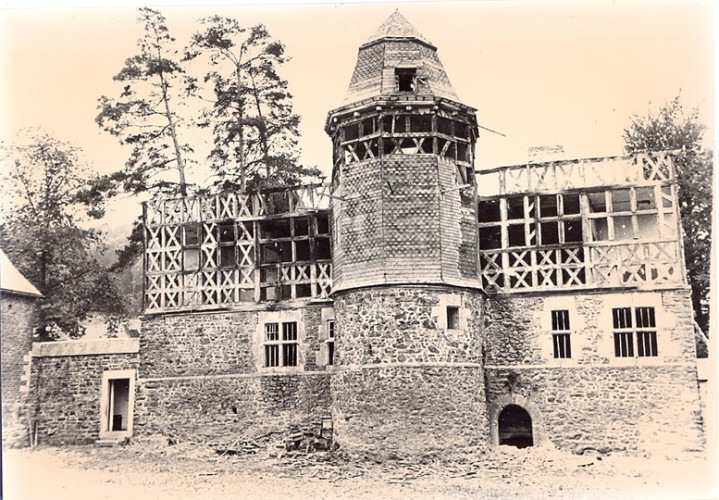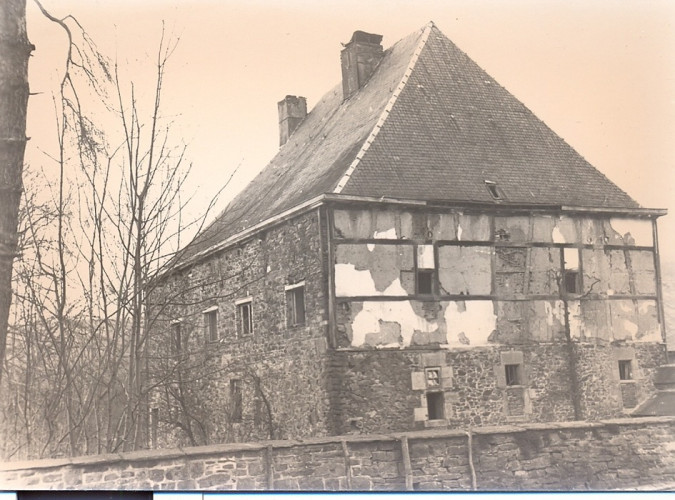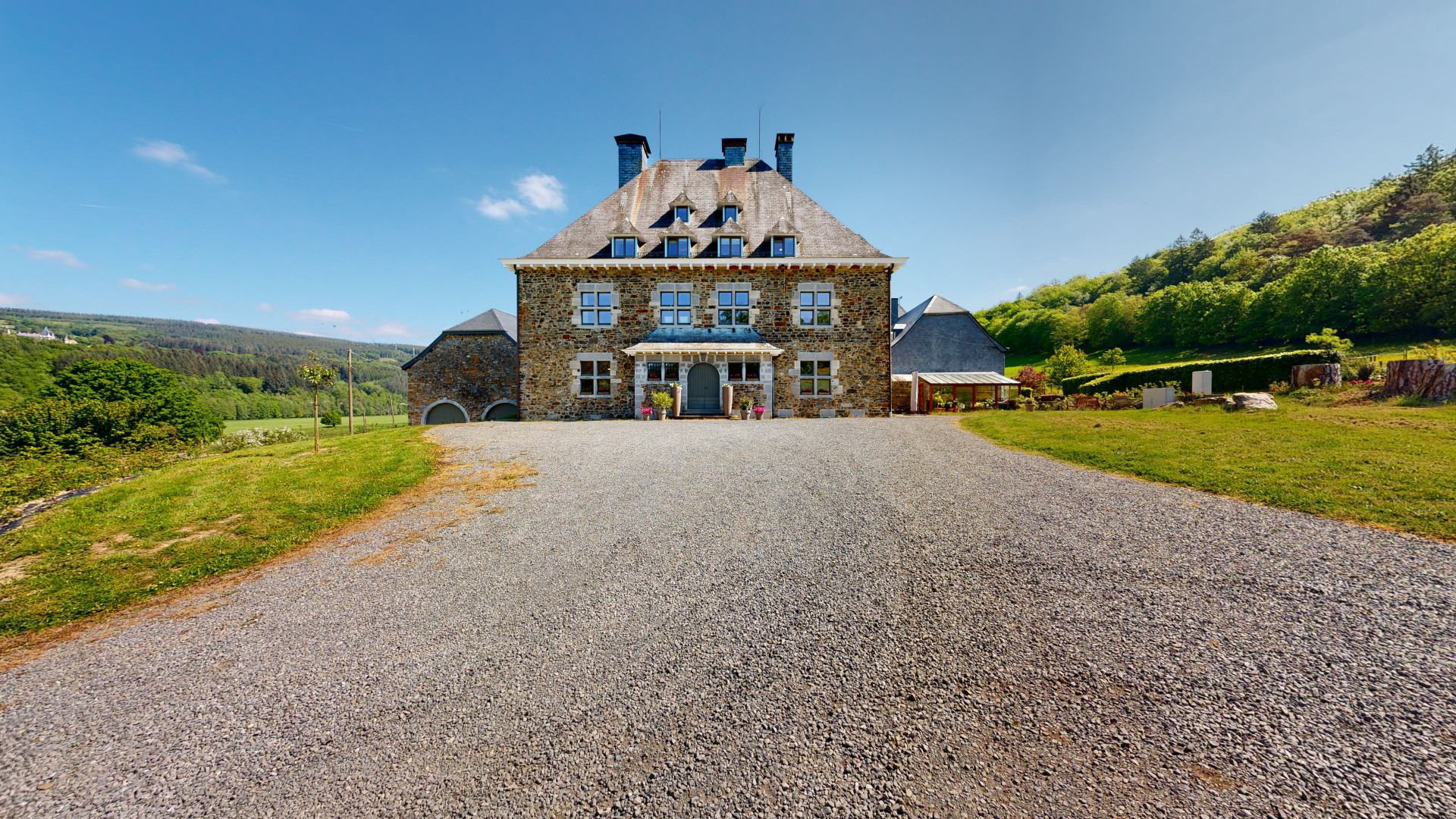The history of La Vaulx-Renard
Between 1343 and 1778, the history of La Vaulx-Renard is deeply rooted in the region. In 1343, Renard, a member of the noble family of Waimes and uncle of the builder of Reinhardstein Castle, settled in the area. As hereditary mayor of the Roanne district, he laid the foundation of the initial estate. At that time, he abandoned the surname "de Waimes" in favor of "del Vaulx" or "de La Vaulx". The names Renard, borne by an uncle and his nephew, would give their name to the two constructions, La Vaulx and Reinhardstein. In the sixteenth century, the name "Vaulx-Renard" appeared in memory of the founder of the fief.
From 1343 to 1762, the domain, then under the authority of the Abbey of Stavelot, was passed down from generation to generation. In 1760, Antoine-Joseph inherited the estate, becoming the last of his line. However, the financial situation was disastrous. In 1761, Antoine-Joseph ceded the estate to the Chapter of Stavelot, while retaining the title of hereditary mayor and receiving an annual life annuity. His enjoyment was short-lived, as he died the following year, at the age of 45.
Protests arose over the transfer of the estate to "dead hands", the monks and serfs, in contradiction with ancient laws. Nevertheless, the estate was taken over by the Benedictine monks and became a popular retreat, as well as a renowned hunting ground.



